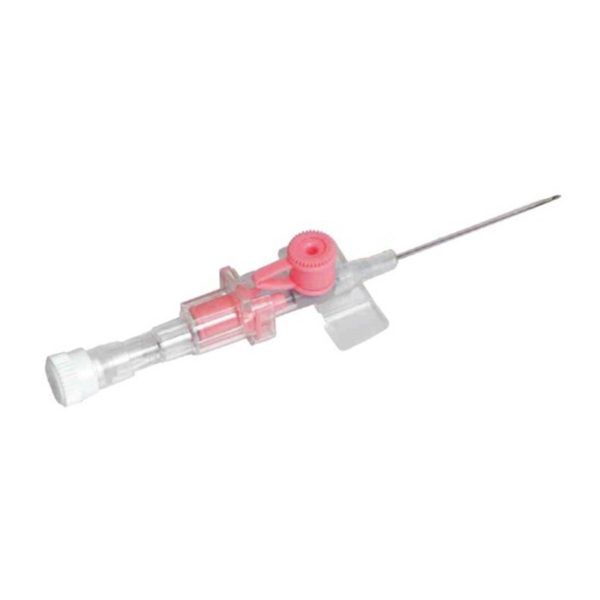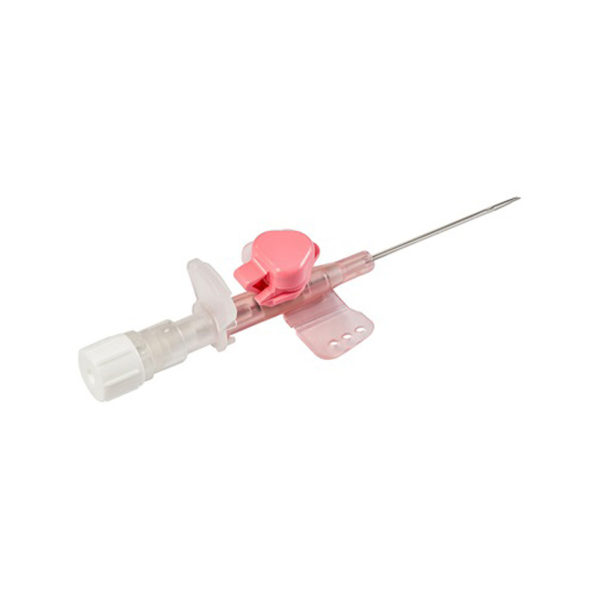IV Peripheral Cannula
Intravenous cannulation devices to reduce blood stream infections and improved ease of handling.
Intravenous (IV) cannulation is a technique in which an indwelling single-lumen plastic conduit across the skin is inserted into a peripheral vein. Such devices may be referred to as peripheral IV (or venous) lines, cannulas, or catheters depending on the country. Venous access by use of IV peripheral cannula, allows sampling of blood, as well as administration of fluids, medications, parenteral nutrition, chemotherapy, and blood products. Placement of peripheral lines is the most commonly performed invasive procedure in acute healthcare settings with as many as 80% of hospital inpatients requiring intravenous access at some stage during their admission, and worldwide more than 1 billion lines are used annually. IV cannulas come in various sizes to address the needs of patient age group and purpose of the IV cannulation.

 IV Infusion Range
IV Infusion Range Blood Administration Sets
Blood Administration Sets IV Peripheral Cannula
IV Peripheral Cannula Connectors, Extension Lines And Tubes
Connectors, Extension Lines And Tubes Urology Range
Urology Range Disposable Syringes
Disposable Syringes Mask & Gloves
Mask & Gloves Sharp Collector
Sharp Collector Wound Care
Wound Care Miscellaneous
Miscellaneous
